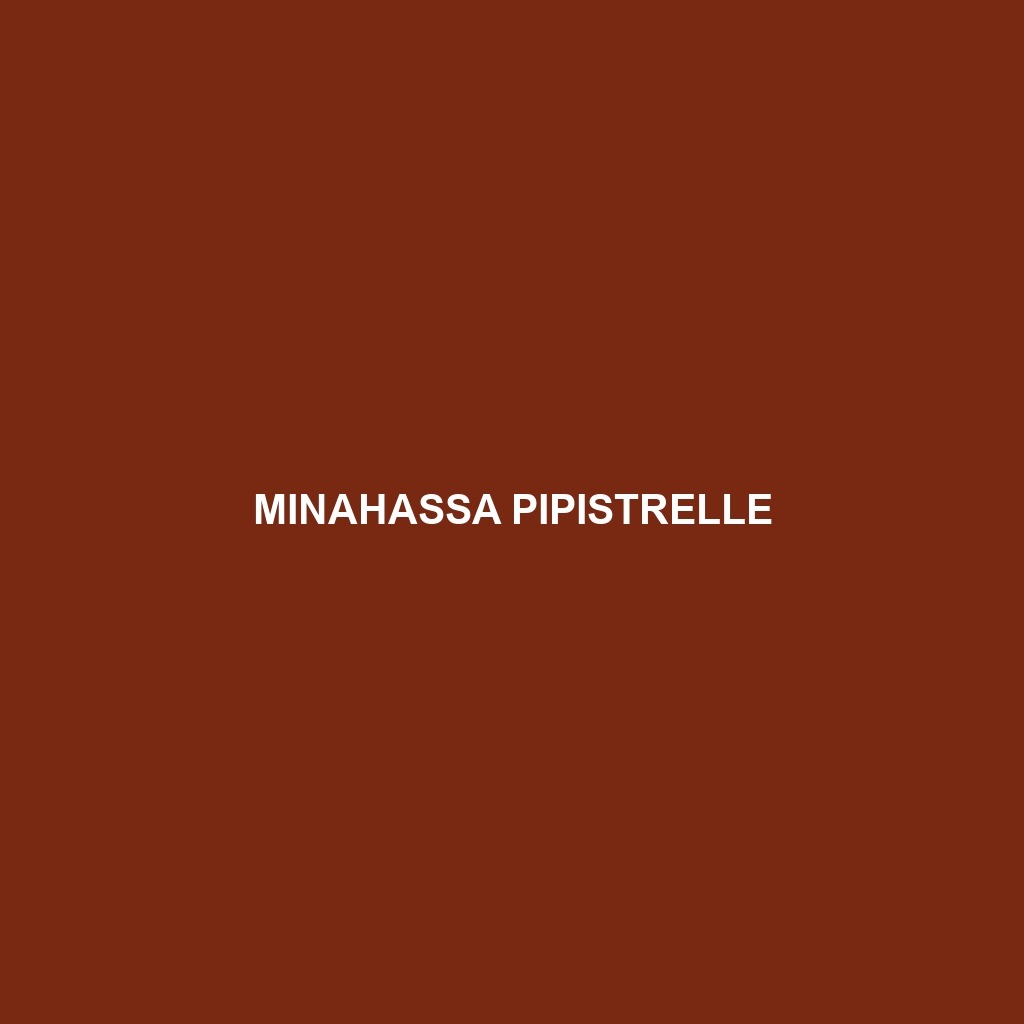Minahassa Pipistrelle: An Overview
Common Name: Minahassa Pipistrelle
Scientific Name: Pipistrellus minahassae
Habitat
The Minahassa Pipistrelle is primarily found in the tropical forests of Indonesia, specifically in North Sulawesi. This species typically inhabits lowland forests, montane regions, and the fringes of agricultural landscapes. They are often located near water bodies, which provide ideal conditions for their insect-prey hunting behavior.
Physical Characteristics
The Minahassa Pipistrelle is a small bat, measuring approximately 3 to 4 inches in body length with a wingspan of around 10 to 12 inches. Its fur is usually dark brown to reddish-brown, with lighter underparts. A distinguishing feature of this pipistrelle is its large ears, which are rounded and can be an indicator of its echolocation abilities. The fur is soft and dense, providing insulation within its humid habitat.
Behavior
Minahassa Pipistrelles are nocturnal creatures, typically emerging at dusk to forage for insects. Their behavior includes agile flight patterns skilled at maneuvering through forested areas. They are known to roost in tree hollows or under the bark of trees during the day. Socially, these bats often form small colonies, showcasing a mix of solitary and communal resting habits.
Diet
The diet of the Minahassa Pipistrelle primarily consists of insects, particularly moths, beetles, and other flying arthropods. These bats utilize echolocation to navigate and hunt for food, making them adept night hunters. Their feeding habits play a critical role in controlling insect populations within their ecosystem.
Reproduction
Minahassa Pipistrelles typically breed once per year, with breeding season occurring during the warmest months of the year. After a gestation period of approximately 40 days, females give birth to one or two pups. The young bats are nursed for several weeks before they begin to fly and hunt independently, typically around eight weeks of age.
Conservation Status
The Minahassa Pipistrelle is currently listed as vulnerable due to habitat loss from deforestation and human encroachment. Conservation efforts are crucial to protect their natural habitat and ensure the survival of this species in the wild.
Interesting Facts
One fascinating aspect of the Minahassa Pipistrelle is its impressive echolocation, which can detect prey in complete darkness. This ability makes them one of nature’s most effective hunters. Additionally, this species is indigenous to North Sulawesi, underscoring its uniqueness among bat populations.
Role in Ecosystem
The Minahassa Pipistrelle plays a vital role in its ecosystem by assisting in pest control through its diet of insects. This ecological service supports the health of its habitat, benefiting agricultural fields and natural vegetation alike. Its interactions with other species contribute to the balance of the local ecosystem, underscoring the importance of bat conservation.
